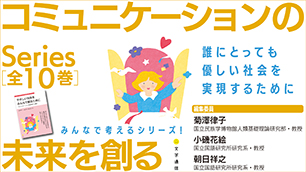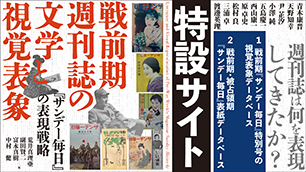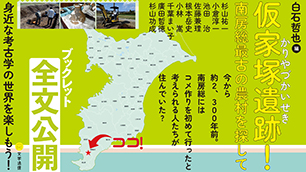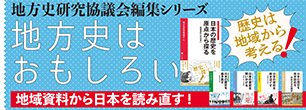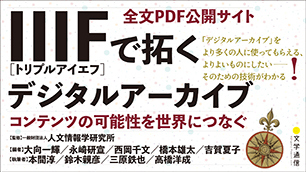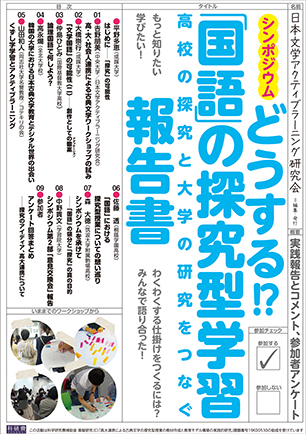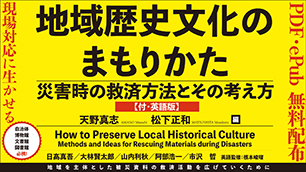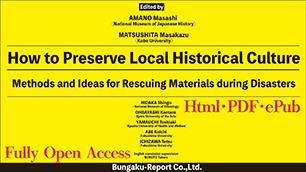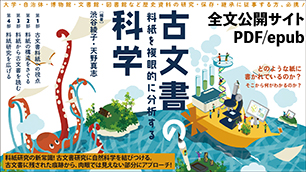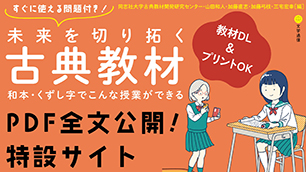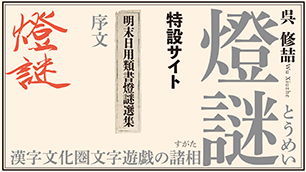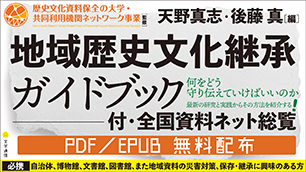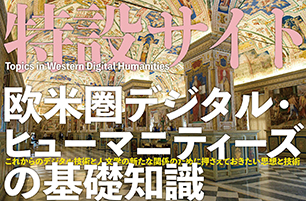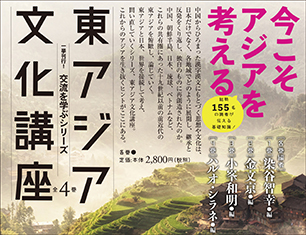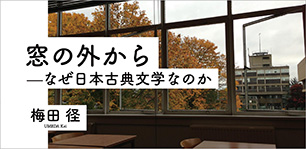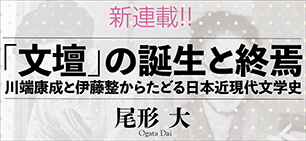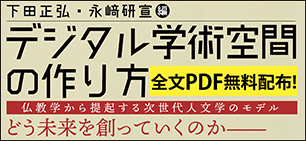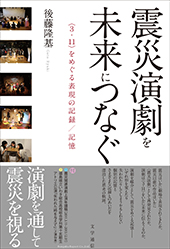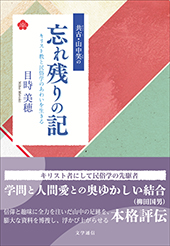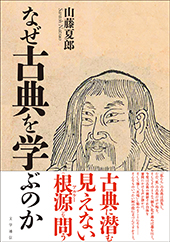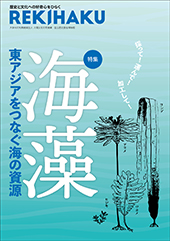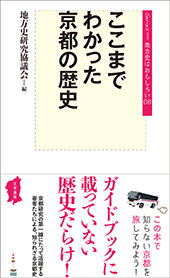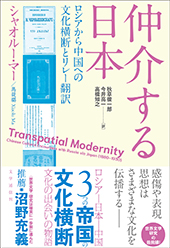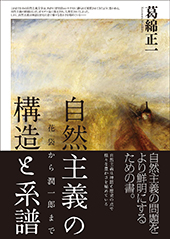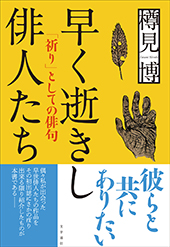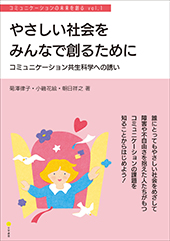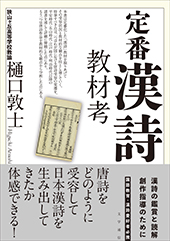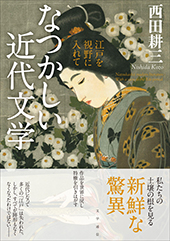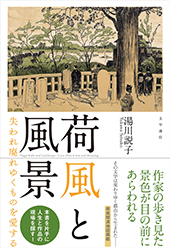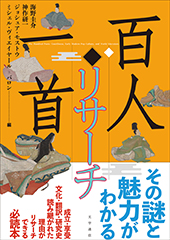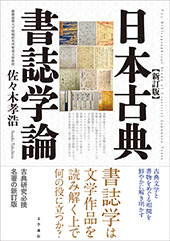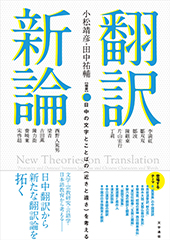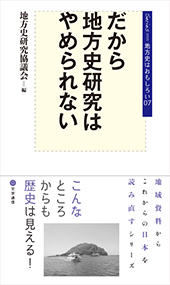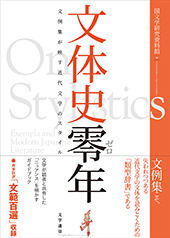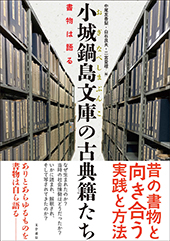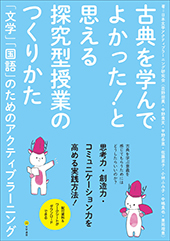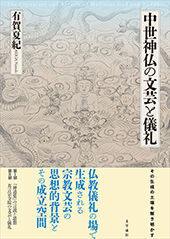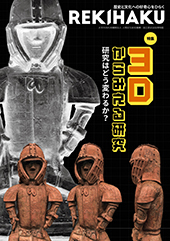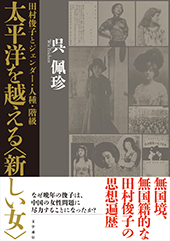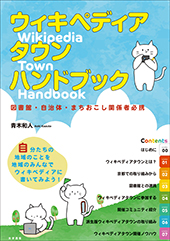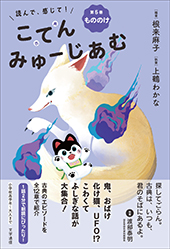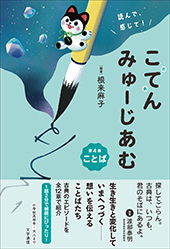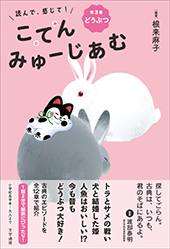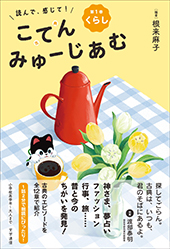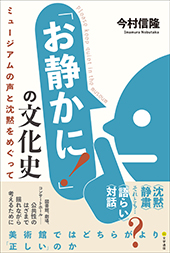Foreword / OKUMURA Hiroshi (Graduate School of Humanities, Kobe University)
Download PDF
Foreword
OKUMURA Hiroshi (Graduate School of Humanities, Kobe University)
This book represents a vital part of the research project "From Local Historical Material Studies to Regional Historical Culture: Creation of a New Research Field for Resilient Local Communities in a Country of Natural Disasters" (Principal Investigator: OKUMURA Hiroshi, Project Number: 19H05457), supported by the Grant-in-Aid for Specially Promoted Research.
Since the Great Hanshin-Awaji Earthquake, we have developed collaborative research in Local Historical Materials Studies (LHMS) nationwide. Seeing the recent challenges facing Japan, it became all the clearer that it gets increasingly and rapidly difficult to pass on local histories and cultures because of such factors as frequent large-scale natural disasters, population decrease due to the drastic changes in the social structure caused by globalization, greater mobility of population, and transformation in values since the economic miracle.
Empirical research using local historical materials (LHM) lays the academic foundation in humanities and social sciences, but it presupposes preserving the historical materials. Unless society recognizes that the preservation and inheritance of the materials have social value, they disappear. It is a vicious circle that diminishes the importance of related research, which weakens public awareness and causes further loss of the materials. Preserving historical materials unknown to academics requires the research community to collaborate with the locals to discover and evaluate them; those involved agree establishing new methodologies and research fields is also necessary for such a purpose (OKUMURA Hiroshi (ed). Rekishibunka wo daisaigai kara mamoru: chiikirekishishiryogaku no kochiku [Protecting Historic and Cultural Resources from Natural Disaster: Construction of Studies about Local Historical Materials]. University of Tokyo Press, 2014).
The approach of LHMS, serving as the foundational study for civic society formation, inherits the challenges of post-war Japanese history, which aims to link specialized knowledge of university researchers with societal knowledge based on local communities to form civic values that support Japanese society after WWII; in practical research through responses to large-scale natural disasters, LHMS has become enriched over time (OKUMURA Hiroshi. Daishinsai to rekishishiryohozon: Hanshin-Awaji daishinsai kara Higashinihon daishinsai e [Great Earthquakes and Historical Material Preservation: From the Great Hanshin-Awaji Earthquake to the Great East Japan Earthquake]. Yoshikawa Kobunkan, 2012).
Our research team have prioritized this aspect. AMANO Masashi and MATSUSHITA Masakazu have led practical research, consolidating and analyzing practical methods for historical material rescue activities during large-scale natural disasters and disaster prevention/reduction of LHM. This book, as one of the research achievements, presents a systematic approach to serve as a guide for practical activities in the actual large-scale disasters. We want it used across Japan and hope to receive feedback and suggestions from readers to improve and refine our work for the benefit of all.
It is worth noting that such trends in Japan align with global social changes and new developments in historical studies and historical material preservation worldwide. For further insights on this matter, see our publication, Yoroppa bunkaisankenkyuu no saizensen [Front Line of Cultural Heritage Research in Europe] (Kobe University Press, 2023), authored/translated by Sonkoly Gábor, OKUMURA Hiroshi, NEMOTO Takeru, ICHIHARA Shimpei, and KATO Akie.



